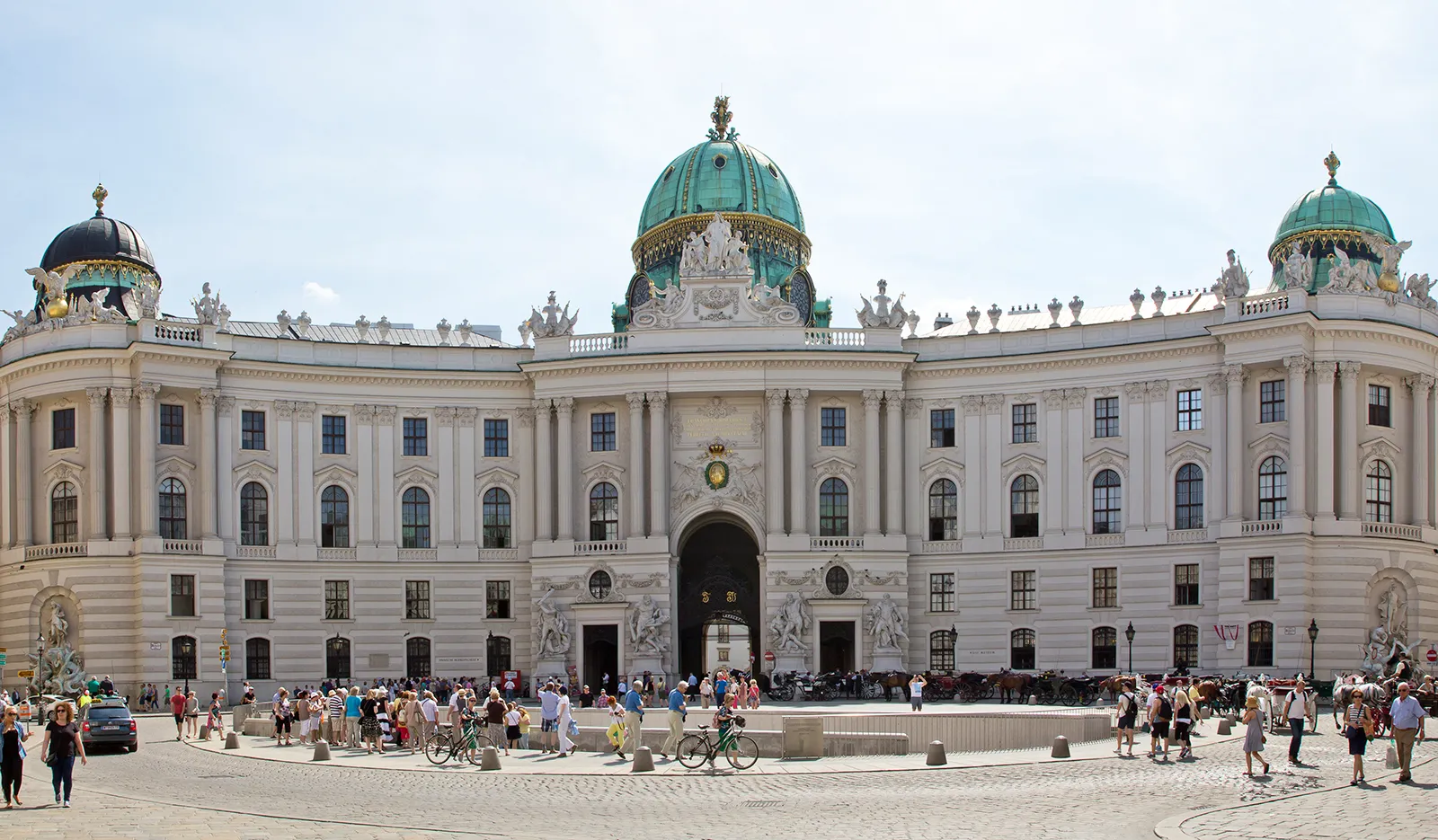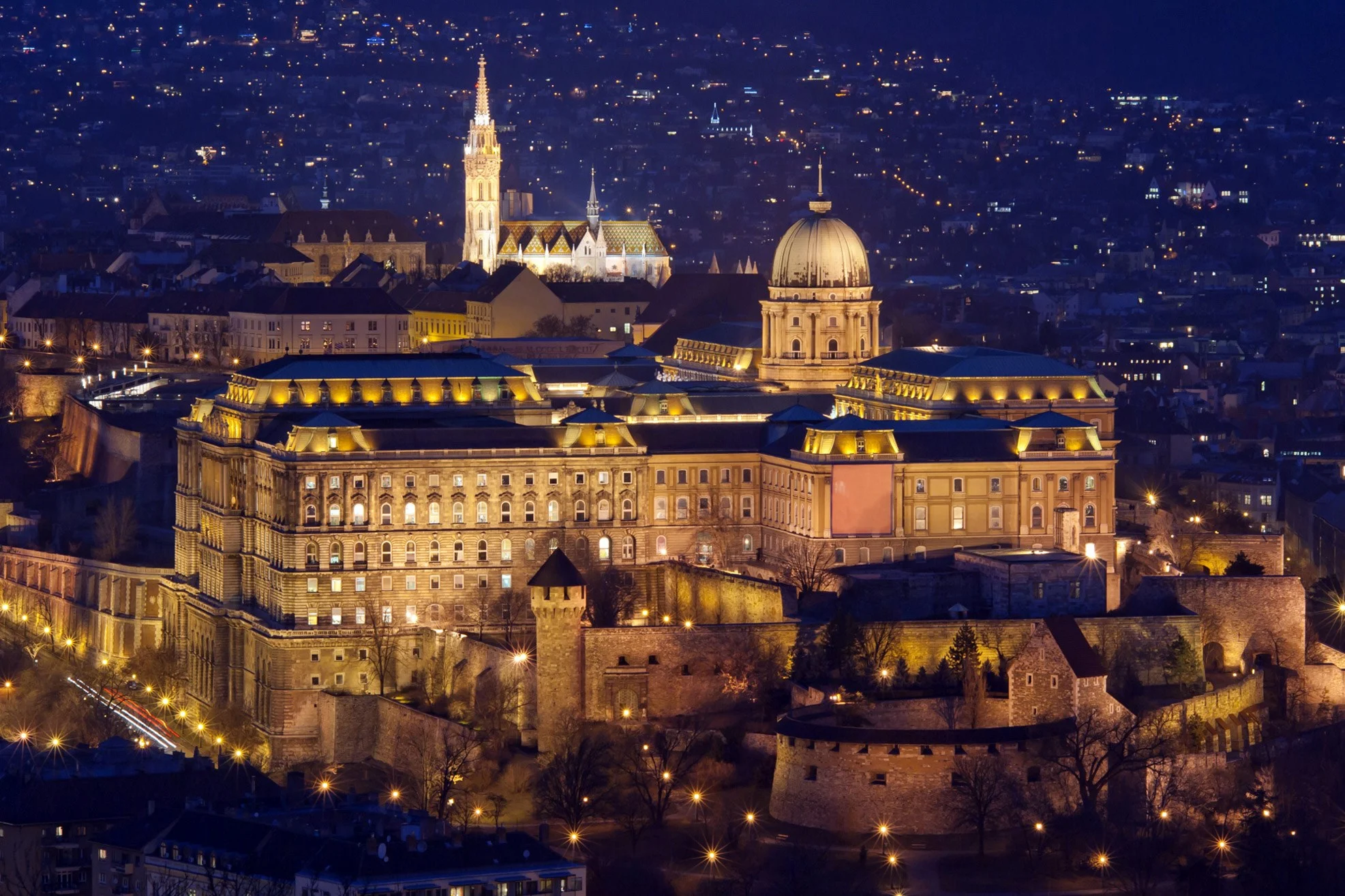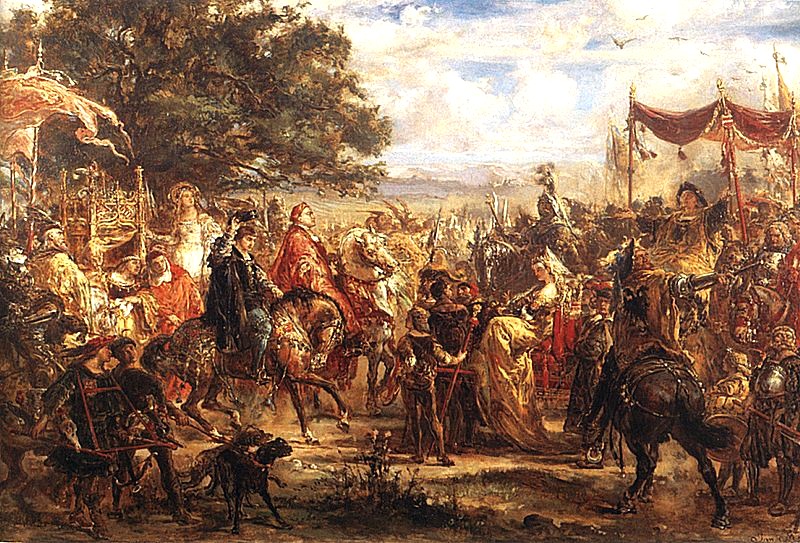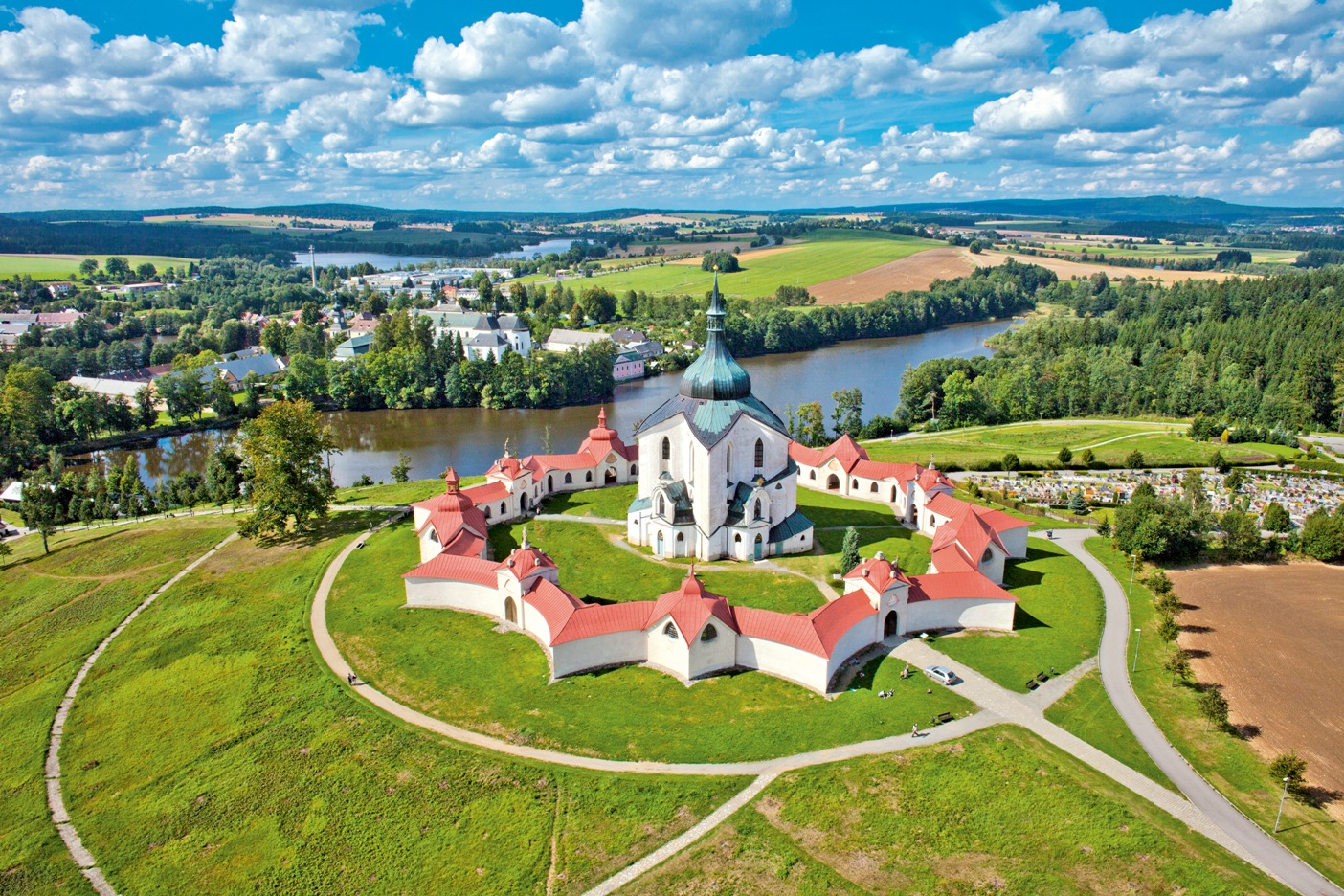
The legacy of the Jagiellonian and Habsburg dynasties profoundly shaped Central Europe, defining its political, cultural, and social structures over centuries. These two powerful dynasties extended their influence across a region that included present-day Poland, the Czech Republic, and Hungary, forging bonds that not only strengthened internal cohesion but also integrated Central Europe into the broader context of European power dynamics.
The Jagiellonian dynasty, initially dominant in Poland, expanded its reach through strategic marriage alliances, notably consolidating power in Bohemia and Hungary. This brought a period of cultural and economic prosperity to the region, known as the „Jagiellonian Renaissance,” which saw the flourishing of Renaissance art, literature, and philosophy. The interconnectedness of the Polish, Bohemian, and Hungarian crowns fostered a sense of shared identity, as the Jagiellonians championed values of tolerance and cultural exchange. This was exemplified in cities like Kraków, where the Jagiellonian kings facilitated a meeting with Emperor Maximilian I in 1515, strengthening alliances with the Habsburgs. Their union laid the foundation for shared political interests, crucial for countering external threats such as the encroaching Ottoman Empire.
The Habsburgs’ ascent to power in Central Europe following the Jagiellonian period introduced a new era. The Habsburgs, through a combination of military power and political strategy, established an imperial structure that would ultimately span much of Europe. Their influence in Hungary began in earnest after the Battle of Mohács in 1526, which resulted in the Ottoman conquest of central Hungary and shifted the Hungarian parliament’s seat to Pozsony (modern-day Bratislava). This relocation reflected a pragmatic adaptation of Hungarian governance, linking it more closely to Vienna while preserving a degree of Hungarian autonomy. The Habsburg rulers, especially figures like Archduke Joseph (known as „József nádor” in Hungary), who served as Palatine of Hungary, were often able to balance imperial interests with local governance, promoting economic reforms and fostering goodwill among the Hungarian nobility.
The Habsburgs’ cultural legacy also left an indelible mark, particularly in the Czech lands, where Emperor Rudolf II chose Prague as his residence in the late 16th century. Under his patronage, Prague became a cultural hub, attracting artists, scientists, and intellectuals from across Europe, establishing it as a center of Renaissance and Mannerist art. Prague Castle’s Golden Lane and the famed Rudolfine art collections symbolize the cultural sophistication that marked Rudolf’s reign. This cultural heritage contributed to a shared Central European identity, blending local traditions with broader Renaissance and Baroque influences.
In Hungary, the Habsburgs’ relationship with the Hungarian nobility was often strained by their centralized policies and attempts at religious conformity. Yet, figures like István Bocskai resisted Habsburg control, fighting for religious freedom and the preservation of Hungarian noble privileges. Bocskai’s 1604–1606 rebellion, though ultimately subdued, underscored the region’s complex relationship with the Habsburg monarchy. Hungarian resistance to Habsburg dominance was also reflected in the figure of Ilona Zrínyi, who heroically defended Munkács Castle against imperial forces from 1685 to 1688, highlighting the spirit of independence among the Hungarian aristocracy.
In Poland, the legacy of the Habsburgs was more complex, shaped by both opposition and cooperation. Although viewed by many Poles as oppressors during the partitions of Poland in the late 18th century, certain Habsburg figures, such as Charles Stephen of Teschen, developed closer ties with Poland, even seeking Polish citizenship during Poland’s re-establishment after World War I. This nuanced relationship illustrates the adaptability and varied approaches of the Habsburg dynasty in fostering connections within their vast, culturally diverse empire.
Overall, the legacies of the Jagiellonians and Habsburgs in Central Europe are deeply interwoven. The Jagiellonian dynasty laid the groundwork for regional unity, which the Habsburgs later reinforced through their expansive administration. Both dynasties played pivotal roles in fostering a cultural and political milieu that bridged the distinct identities of the Polish, Czech, and Hungarian lands, contributing to a legacy that continues to resonate in Central Europe’s historical consciousness.

Home of the Jagellos and the Habsburgs – Buda
The legacy of the Jagiellonian and Habsburg dynasties played a crucial role in shaping the political and cultural landscape of Central Europe. Both dynasties positioned Buda and the entire Hungarian Kingdom at the heart of their power, significantly influencing the region’s political balance and social structure for centuries. Through the Jagiellonian family, Buda gained prominence, as members of this dynasty wielded influence over both the Polish and Hungarian thrones, fostering alliances that strengthened the bonds between the crowns of Poland, Bohemia, and Hungary. Dynastic marriages during this time helped solidify these connections, promoting a sense of shared cultural and political identity within Central Europe.

„The Meeting of the Jagiellonian Kings with Emperor Maximilian in Vienna” – painting by Jan Matejko – Kraków
‘The Vienna Congress’ by Jan Matejko, painted in 1883, commemorates the meeting of three monarchs: Sigismund Augustus, Ferdinand I of Habsburg and Maximilian II of Habsburg, which took place in Vienna in 1573. This painting shows the legacy of the Jagiellonian and Habsburg dynasties, two powerful houses that played a key role in shaping the political landscape of Central Europe. Through his composition, Matejko emphasises the importance of their alliances and conflicts for the history of the region.

Culture in the Era of Renaissance and Baroque – Žďár nad Sázavou
Throughout entire early modern Central Europe, culture and art were along the course of Renaissance and Baroque and the Czech lands were not an exception to this. During times of Jagiellonian and Habsburg rule, the Czech lands found themselves in the centre of European cultural course of events multiple times. The first elements of Renaissance culture appeared in the Czech lands as early as in the late 15th century. In year 1493, the oldest and perhaps also the most notorious Renaissance landmark in Bohemia, the windows of the Vladislav Hall at Prague Castle, were built. Renaissance would, however, took hold gradually and reach its peak in Czech art and culture only by the half of the 16th century. Whereas its origins were bound to the Jagiellonians, its pinnacle is associated with the Habsburgs, particularly with the regent Ferdinand of Tyrol.

